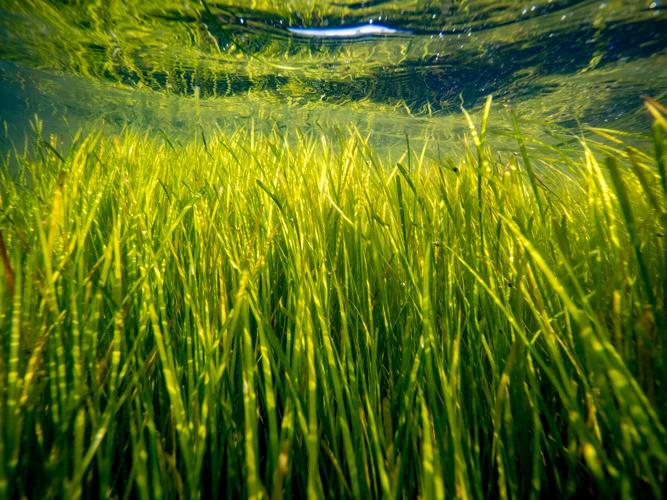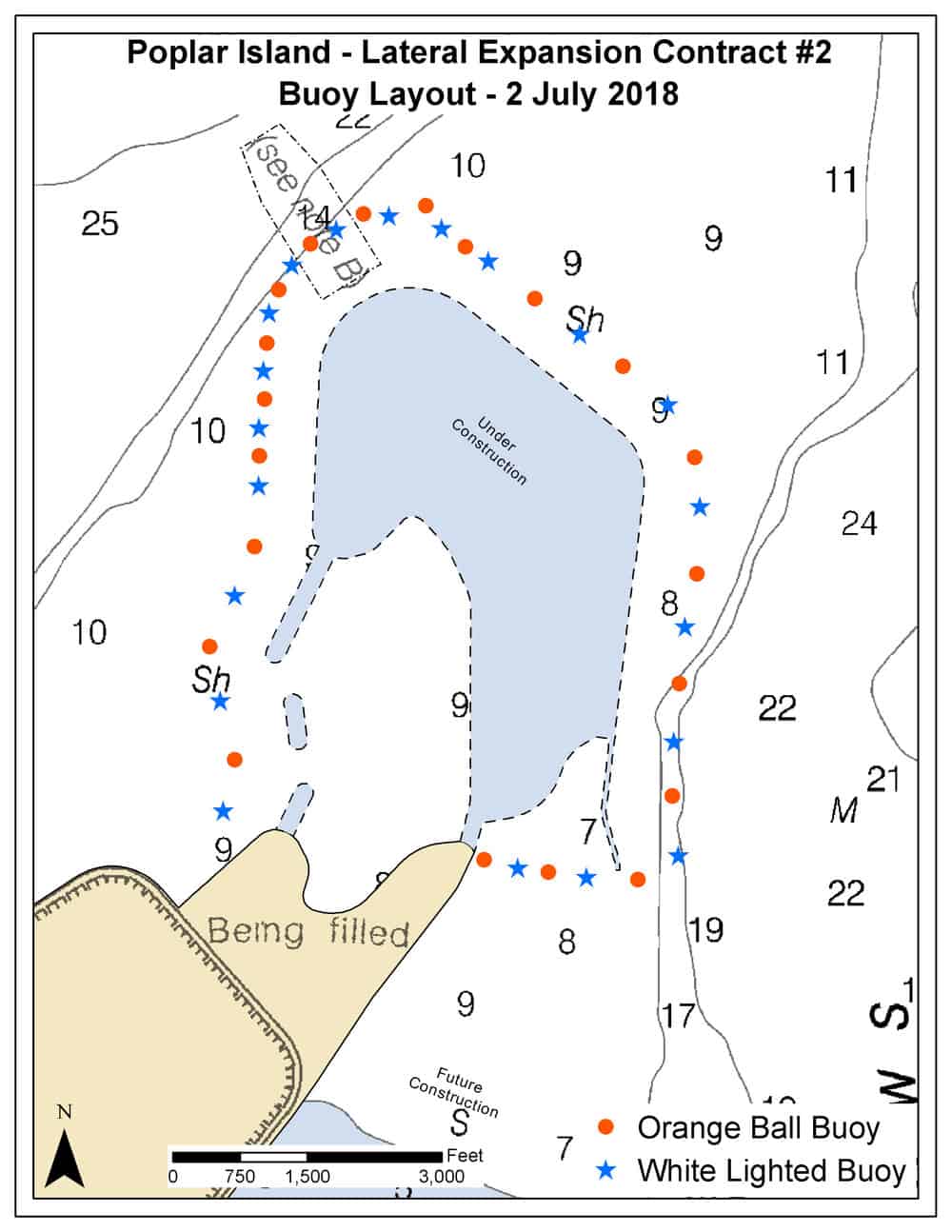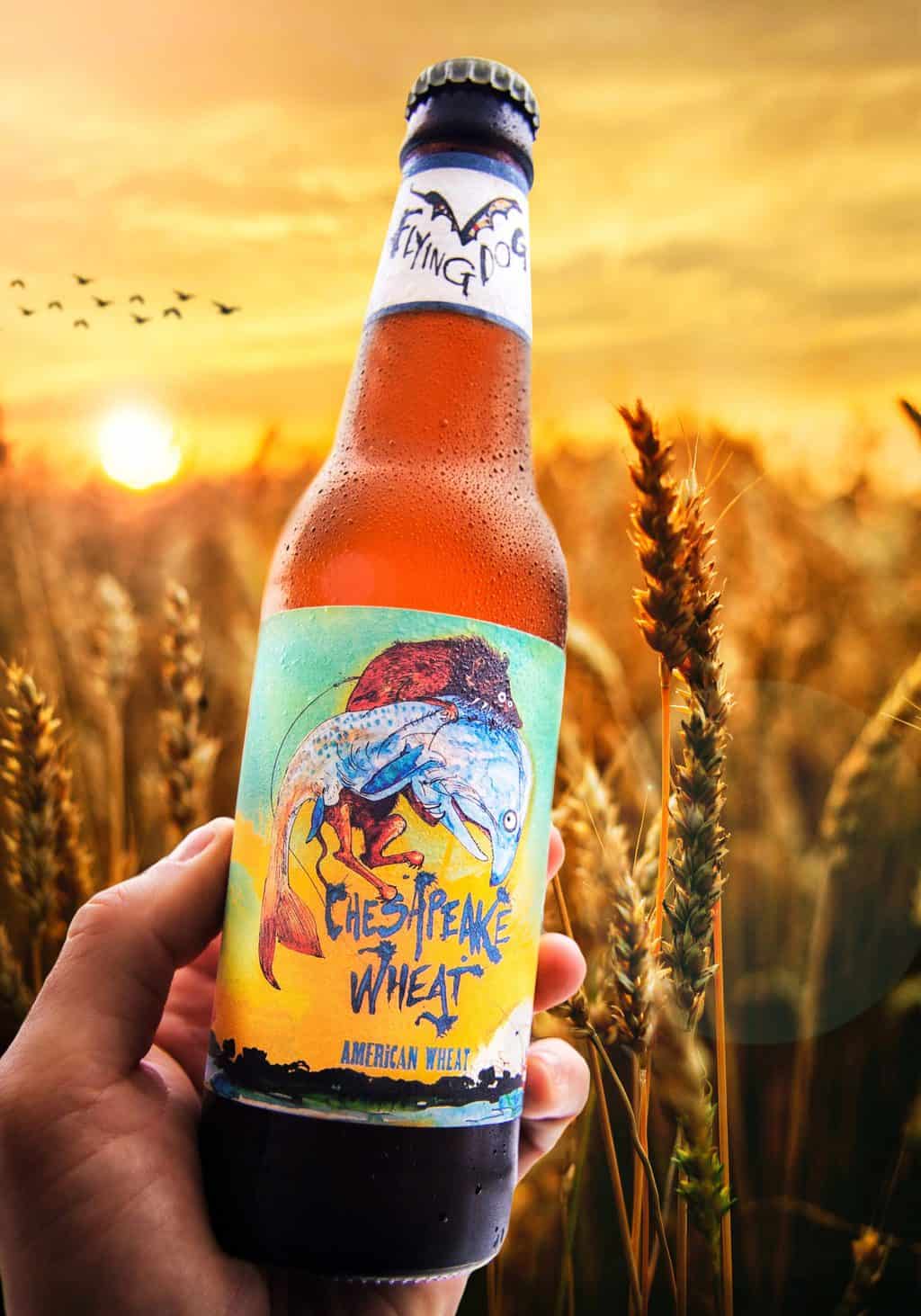By Karl Blankenship, Bay Journal News Service
The Chesapeake Bay’s underwater grass beds rebounded a bit in 2021 after two consecutive years of declines, as the ecologically important plants expanded their range by nearly 9 percent.
The annual Baywide aerial survey showed that the grasses, which provide critical habitat for juvenile blue crabs, fish and waterfowl, covered about 67,470 acres last year, up from about 63,000 in 2020.
That’s about 37% of the Baywide goal of 185,000 acres.
Like all plants, underwater grasses need sunlight, so clear water is critical for their survival and their abundance is a closely watched indicator of the Chesapeake’s overall health.
Underwater grasses, or submerged aquatic vegetation, hit a recent record of 108,077 acres in the Bay in 2018. Then months of heavy rainfall resulted in a flood of murky water, causing back-to-back declines in 2019 and 2020.
Last year’s figures were a mixed bag. Of the Bay’s 93 segments, underwater grasses increased in 33, decreased in 35 and remained absent in 25. The largest expansion was in the lower Bay, where eelgrass—one of the most critical of the roughly two dozen species found in the Chesapeake—staged a strong rebound.
Further north, overall acreage in Maryland declined slightly. But Susquehanna Flats, the largest grass bed in the Bay, expanded 13 percent, to about 10,300 acres last year.
Another area with a large increase was Virginia’s Mobjack Bay, where the Chesapeake’s second-largest bed expanded from about 7,400 to 8,300 acres.
“There’s not a single big story to tell,” said Christopher Patrick, assistant professor of biology at the Virginia Institute of Marine Science, which conducts the annual survey.
“Nothing really bad happened at a Baywide scale,” he said. “But on a more granular level, there’s a lot of different things that were going on. Each area of the Bay has its own local story.”
Maryland had losses in many tributaries on both sides of the Bay. Declines in some, such as the Choptank River and Eastern Bay, were driven by losses of widgeon grass, a species notorious for rapid expansions and contractions.
Brooke Landry, a biologist with the Maryland Department of Natural Resources and chair of the Bay Program’s SAV Workgroup, speculated that some of the Maryland declines may have stemmed from a loss of hydrilla, a nonnative plant that thrives in freshwater and can rapidly expand, and contract, its range as water conditions change.
Higher than normal rain in recent years reduced salinities in many areas, possibly allowing hydrilla to expand, Landry said. That may have reversed when salinities returned to normal. “I think what we saw last year was probably a loss of hydrilla in some areas, probably because salinity increased just enough to knock it back a little bit,” she said.
The survey showed that “underwater meadows” increased in all four salinity regimes of the Bay last year, the first time that has happened since 2015.
The eelgrass reboundis particularly encouraging. Eelgrass is the only type of grass found in many areas and is especially important for some species, including juvenile blue crabs. It has been in a long-term decline because of poor water quality and its low tolerance of warm temperatures, which have been increasing in the Bay.
“Temperatures were not too hot this past summer, giving the eelgrass a chance to bounce back,” Patrick said.
Underwater grasses are such an important part of the Bay ecosystem that much of the region’s effort to reduce nutrient pollution is aimed at controlling algae blooms to help clear the water so the grasses can thrive.
You can read this story in its entirety at bayjournal.com.




